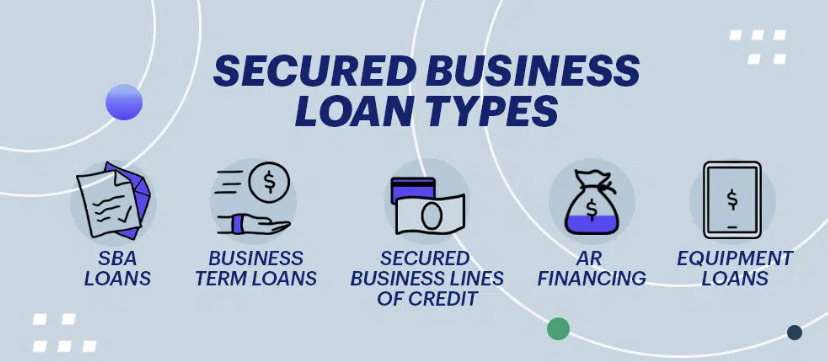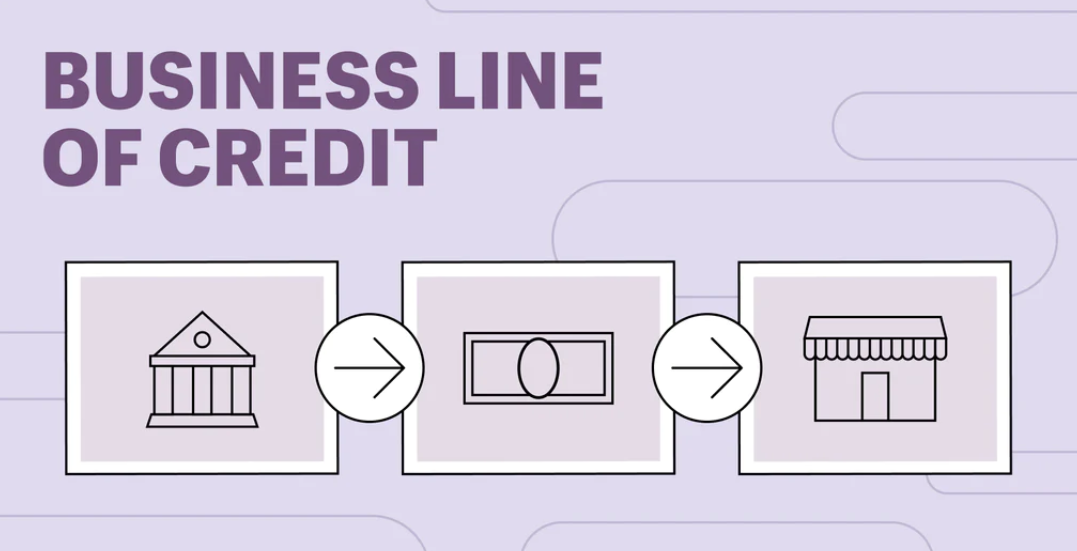Rising Above the Tide: Understanding the Current Economic Climate
In today’s dynamic economic landscape, small business owners face a significant challenge as interest rates climb above 9%. This surge necessitates a strategic pivot towards alternative financing options. Understanding the root causes and potential solutions is crucial for businesses aiming to thrive despite these financial hurdles.
Innovative Financing Solutions for Small Business Owners
The leap in interest rates has directed savvy entrepreneurs towards exploring innovative financing solutions. These options not only offer relief from high-interest burdens but also open new avenues for growth and stability.
Crowdfunding: Harnessing the Power of Community
Crowdfunding emerges as a popular alternative, enabling businesses to pool resources from a broad audience. This method not only secures funding but also builds a community around your brand, creating lasting customer loyalty and engagement.
Venture Capital: Partnering for Growth
Venture capital is another viable path, especially for businesses with high growth potential. By partnering with investors, small businesses can gain not only capital but also invaluable expertise and networking opportunities.
Government Grants: Utilizing Public Sector Support
Navigating the realm of government grants can unlock substantial funding without the need for repayment. While the process may be complex, the payoff is often worth the effort, providing a financial cushion without the pressure of interest rates.
Angel Investors: Personalized Investment Relationships
Engaging with angel investors offers a more personalized investment approach. These individuals not only provide funding but often bring industry experience and mentorship, invaluable for navigating business challenges.
Peer-to-Peer Lending: Embracing Community-Based Lending
Peer-to-peer lending platforms present a modern solution, connecting businesses directly with individual lenders. This model often results in more favorable terms and a more human-centric approach to financing.
Asset-Based Financing: Leveraging What You Have
Asset-based financing allows businesses to leverage existing assets for loans. This option can be particularly attractive for companies with significant physical assets but facing temporary cash flow challenges.
Microloans: Small Loans, Big Impact
Microloans have emerged as a lifeline for small businesses, especially those too small to secure traditional bank loans. These loans typically come with lower interest rates and more flexible terms, making them ideal for startups and small-scale entrepreneurs.
Online Lenders: The Digital Frontier of Financing
The digital age brings online lenders to the forefront. These platforms often provide faster approvals and disbursements, with less stringent criteria than traditional banks. They’re a go-to for businesses needing quick, hassle-free financing solutions.
Invoice Financing: Turning Receivables into Cash
Invoice financing offers a unique solution by allowing businesses to borrow against their outstanding invoices. This method provides immediate cash flow relief, helping businesses maintain operations without waiting for invoice settlements.
Trade Credit: Strengthening Supplier Relationships
Trade credit is a less talked about yet effective option. It involves negotiating payment terms with suppliers to defer payments, thereby easing cash flow constraints. This strategy not only aids in financial management but also strengthens supplier relationships.
Leaseback Agreements: Capitalizing on Owned Assets
Leaseback agreements are another strategic financial tool. Businesses can sell an asset and lease it back, providing immediate cash influx while retaining the asset’s use. This is particularly useful for those with valuable equipment or property.
Equity Crowdfunding: Investment for Equity
Equity crowdfunding is a twist on traditional crowdfunding. Instead of donations or rewards, investors receive a stake in the company. This not only raises funds but also diversifies the ownership structure, potentially bringing in new insights and networks.
Strategic Partnerships: Collaborative Financial Solutions for Business Owners
Forming strategic partnerships can be an indirect but powerful way to manage financial challenges. Aligning with other businesses for joint ventures or cross-promotions can reduce costs and open new revenue streams.
Conclusion: A World of Possibilities
The financial landscape for small businesses is undoubtedly challenging with high-interest rates. However, this challenge is met with a diverse array of alternative financing options. From crowdfunding to strategic partnerships, the opportunities are vast. Small businesses that explore and utilize these avenues can navigate the high-interest environment effectively, ensuring not just survival but sustained growth and success. In this era of financial complexity, adaptability, creativity, and resilience are key. By embracing these alternative financing methods, small businesses can turn a challenging economic period into a phase of innovative growth and enduring stability.







